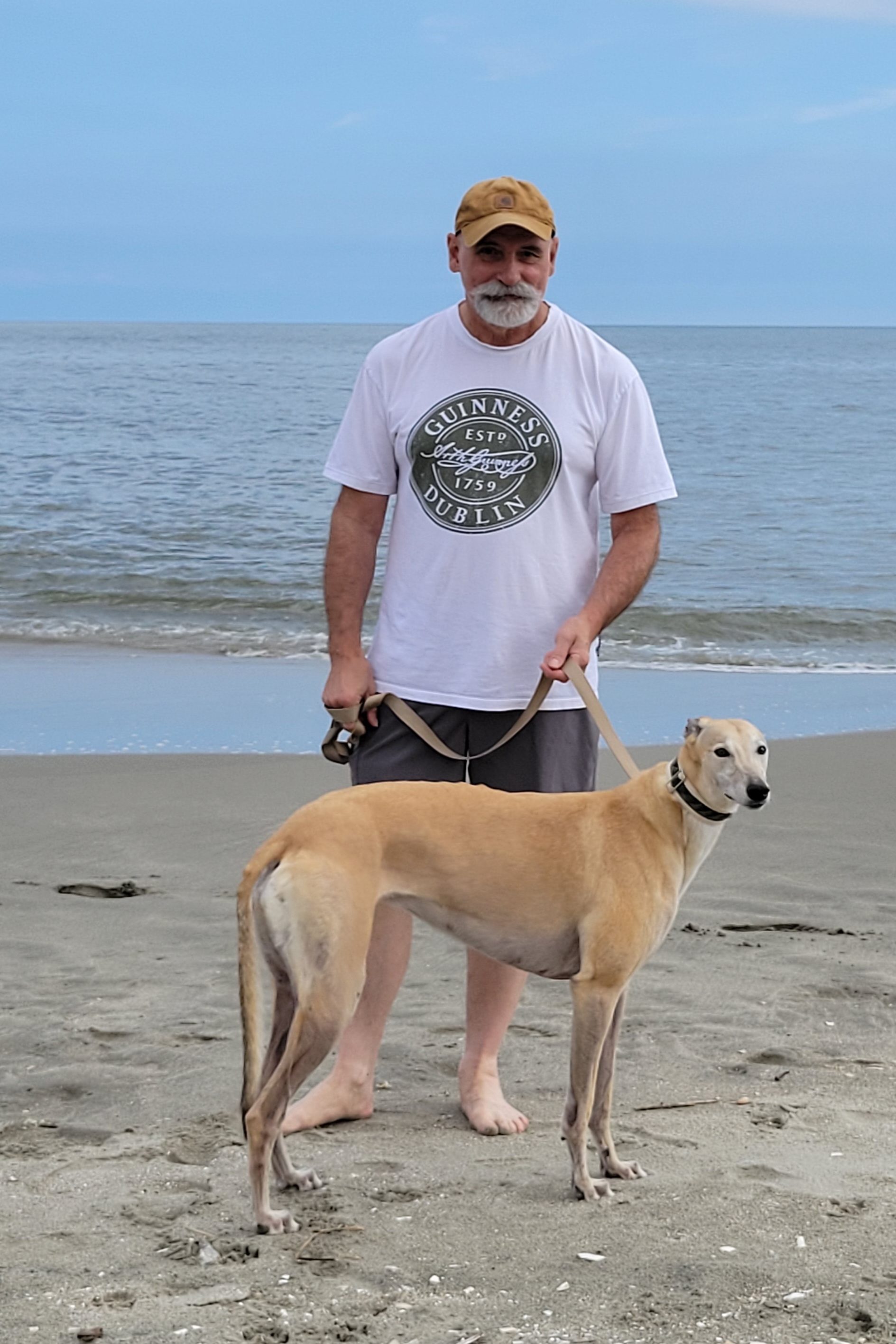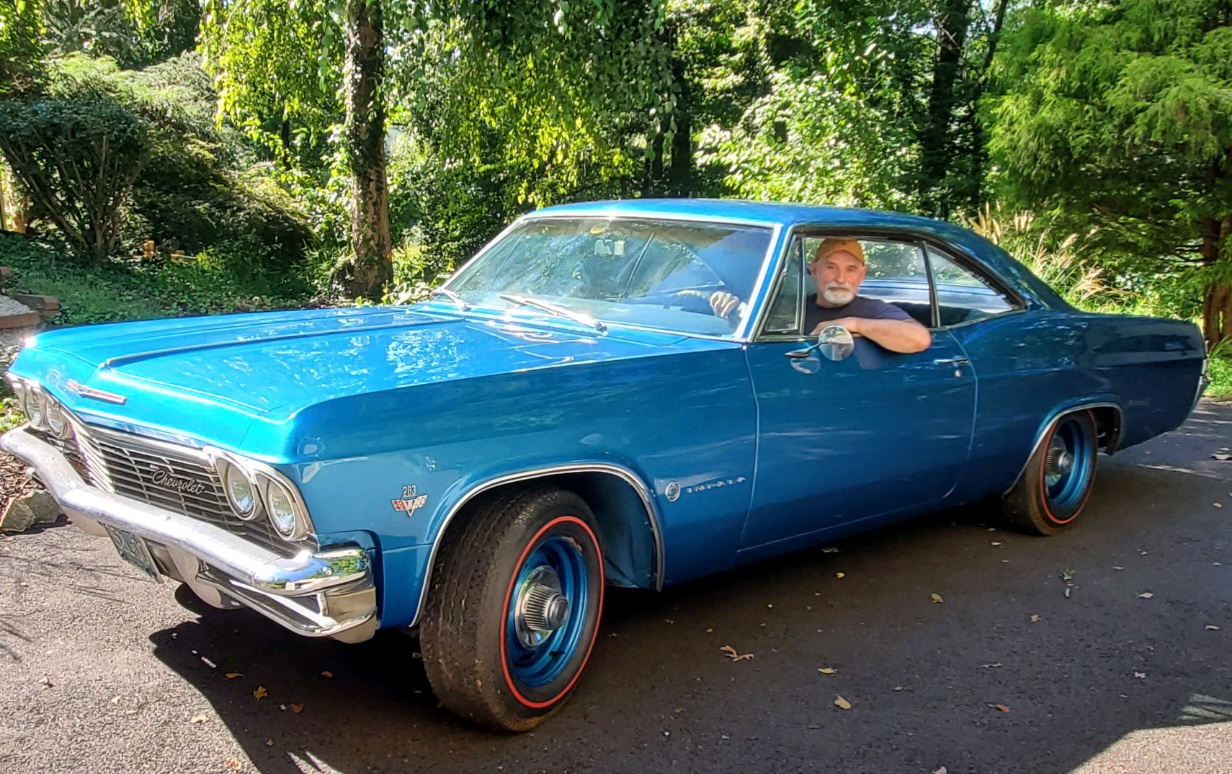“I was really relieved because the procedure worked. I was very happy. My wife was happy, the kids were happy. It was great.”‐Gary Cavallo
At 73, I’m totally invested in my health and vigilant about keeping up with my doctors’ visits. When I went to my primary care physician in 2020, he alerted me that my PSA level was up, an indication that I had a problem with my prostate. I know the normal range is from 1 to 4. Mine was 5.2. “We’ll take another PSA down the road,” the doctor said. We did another one, and that was 5.6.
An MRI showed a small lesion on my prostate that could have been prostate cancer. At my primary’s recommendation, I also underwent a digital exam. He then suggested I see a urologist and said I would probably need a biopsy. I did some research because I wanted to know the methods used to obtain biopsies.
I found that there are two predominant techniques: transrectal and transperineal. Transrectal, which is the traditional approach, is done through the rectum. In a transperineal biopsy, which is a newer technique, prostate tissue samples are taken through needles directed through the perineum, the area of skin located between the rectum and the base of the scrotum. This approach has been shown to have fewer side effects and be more accurate, so that’s what I decided to go with.
I went to the urologist that my doctor recommended. He said he only did transrectal biopsies. I asked if he could recommend anyone who did the transperineal approach, and he suggested urologic oncologist Dr. Alexander Kutikov at Fox Chase Cancer Center.
The Best Option

I met with Dr. Kutikov, and he did another MRI. It showed the same lesion, which was still confined to the prostate. Dr. Kutikov performed a biopsy in 2021, and the Gleason score, a measurement of the aggressiveness of prostate cancer, was 6 on a scale of 6 to 10. He wasn’t too alarmed by that. “We’ll just keep an eye on it; we’ll do active surveillance,” which includes MRIs, PSA levels, and digital exams.
Dr. Kutikov did a second biopsy in 2022, and the Gleason score was up to 7. He said we could continue with active surveillance or look at other alternatives. That’s when he recommended Dr. David Chen, a fellow urologic oncologist at Fox Chase. Dr. Chen went through the options available to me, including focal therapy, a technique that specifically targets tumors, thus sparing normal surrounding tissue from damage.
I learned that focal therapy is a new treatment for small tumors that haven’t spread. It is less invasive than other options, such as traditional surgery, and causes fewer side effects. I was looking at the side effects more than anything, and the fact that it’s a minimally invasive procedure was a pro.
Dr. Chen was very forthcoming and answered all my questions. He even drew me diagrams. I was happy to have him as my doctor, and I knew focal therapy was one of his specialties. So I opted for that procedure.
We set up an appointment, and in the meantime, they took two more PSA tests. The readings were 8.6 and 8.9. I also had one done by my primary care doctor after that, and it was up to 12.
Taken Care Of
Once they heard I had cancer, everybody—my wife, my kids—were very concerned. But I stayed pretty calm. I knew that prostate cancer was treatable if caught at the earlier stages, and Dr. Kutikov and Dr. Chen backed that up.
I know my way around healthcare. Before I retired, I worked for 30 years at Roche, a large pharmaceutical company, mostly in cardiovascular and inflammation research. So I had a handle on looking up medical information.
I went in for the procedure, and it was pretty much what I had expected. The type of focal therapy that Dr. Chen used was a technology called NanoKnife, which uses high-voltage electricity to disrupt the function of cancer cells. I had to be under general anesthesia. Dr. Chen and everybody associated with the procedure were great — I was well taken care of.
The treatment was a success. I had a follow-up three months later, and my PSA was 3.1, so I was very happy. Seven months later, in July of this year, my PSA was down to .7. When Dr. Chen and I talked about it on the phone, both of us were ecstatic. It was a great feeling.
I was really relieved because the procedure worked. I was very happy. My wife was happy, the kids were happy. It was great.
Going Forward

Since my treatment at Fox Chase, I’ve been back to normal. Everything worked out well. We’ll continue with active surveillance and see where that takes us. I meet with Dr. Chen again in a few months. I’ll get my digital exam and MRIs and possibly another biopsy down the road.
It’s all part of staying vigilant about my health. I also keep pretty active. I go hiking with my wife of 47 years, Sandy, and our greyhound, Rosie. I do a lot of yard work and home maintenance, and I go to the gym regularly. In between, I work on my ’65 Chevy.
My experience with Fox Chase was great, and I would recommend them highly. My advice is, don’t put off taking care of your health. Do everything you can, and you’ll feel better in the end, physically and mentally.
Learn more about treatment for prostate cancer at Fox Chase Cancer Center.